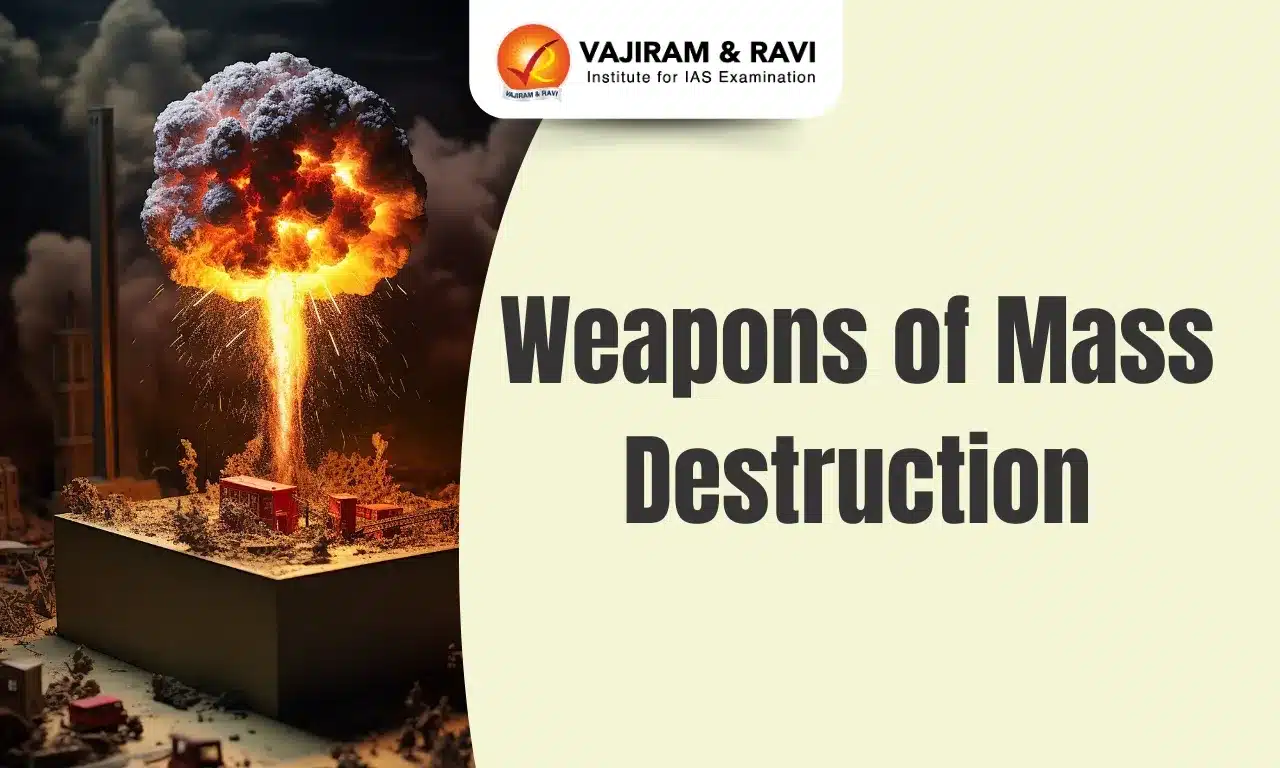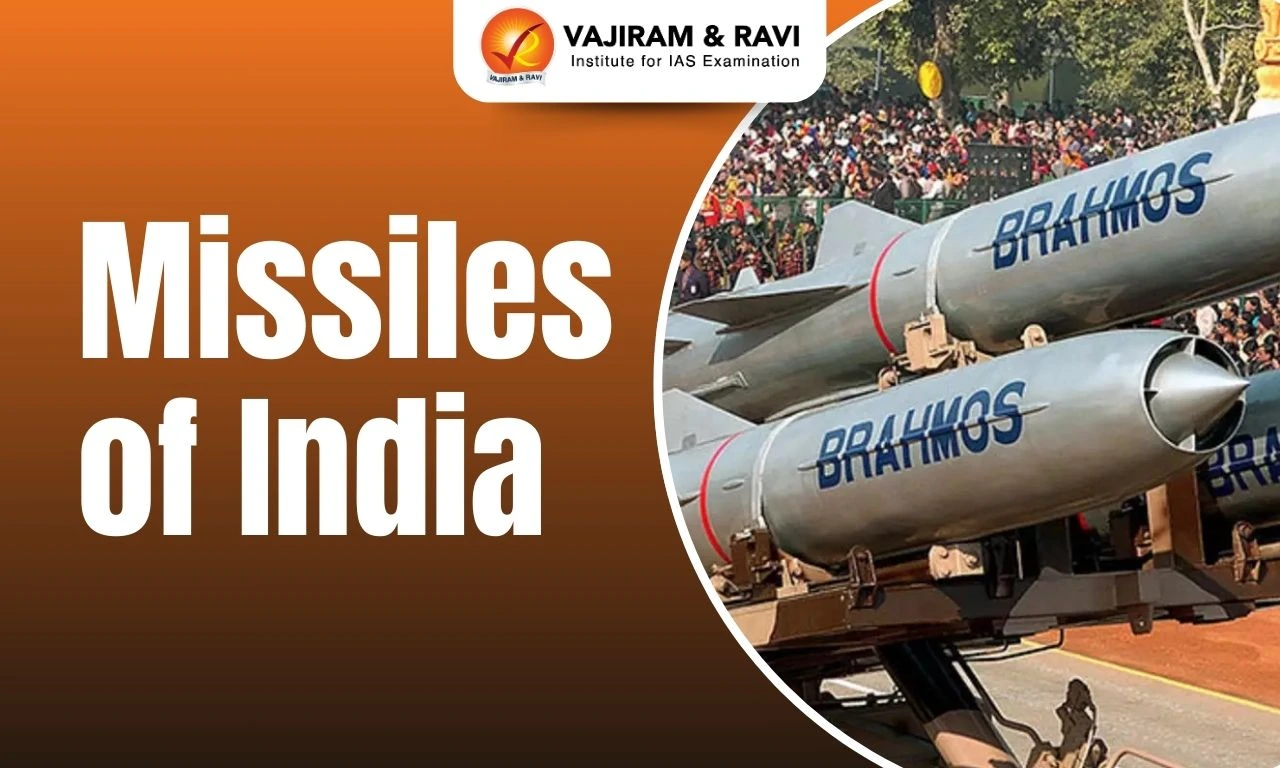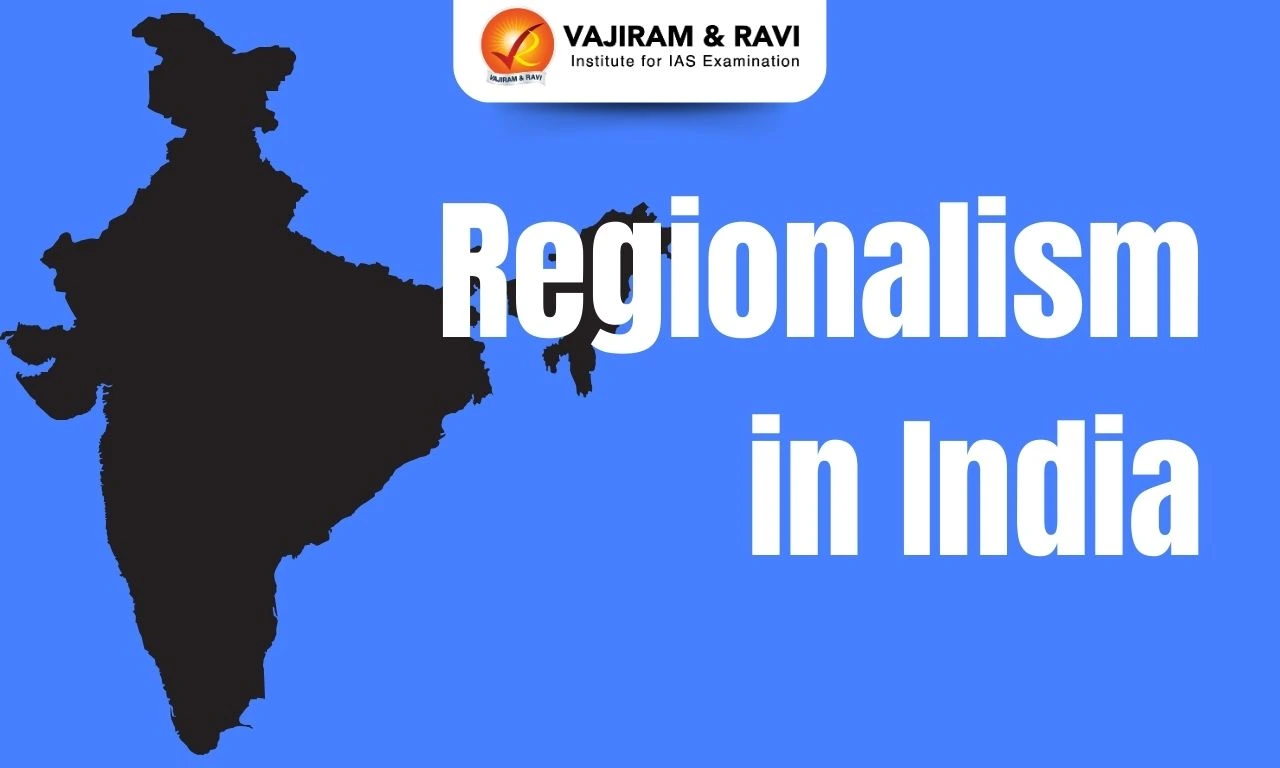Weapons of mass destruction (WMD) are weapons that can cause massive destruction and loss of human life on a large scale. They have been a major concern in global security and international relations since the Second World War. The development and potential use of nuclear, biological, chemical and radiological weapons that comprise WMDs, by states, has posed one of the gravest threats to humanity. Their immense destructive potential differentiates them from conventional arms. There have been numerous efforts to limit their development and use.
Categories of Weapons of Mass Destruction
Weapons of Mass Destruction are commonly divided into four main categories using the CBRN acronym – Chemical, Biological, Radiological and Nuclear weapons. They share the ability to inflict harm and cause disruption on a very large scale through the release of toxic agents. However, important technical differences exist between them.
Chemical Weapons
Chemical weapons employ the toxic properties of certain chemicals to inflict bodily harm, injuries and even death. Some examples of chemical warfare agents are:
- Nerve Agents: They are highly toxic chemicals that disrupt the nervous system leading to convulsions, paralysis and death through asphyxiation. e.g. Sarin, VX.
- Blister Agents: They cause painful blistering and burning of skin and tissue and can be fatal if inhaled. e.g. Mustard Gas, Lewisite.
- Choking Agents: They attack the lungs, causing pulmonary edema leading to choking and death through asphyxiation. e.g. Phosgene, Chlorine.
- Blood Agents: They block oxygen flow in the blood leading to oxygen deprivation and organ damage. e.g. Hydrogen Cyanide.
- Riot Control Agents: They cause irritation, pain and temporary incapacitation but are not designed to kill. e.g. Tear Gas, Pepper Spray.
- Delivery systems: Chemical weapons use liquid or vapour forms suitable for dispersal as aerosols, gases or sprays.
- They can be delivered through aerial bombs, artillery shells, missiles or spraying devices.
- Symptoms: Asphyxiation, convulsions, blindness, and blisters are common symptoms.
- They are relatively easier to manufacture but dissipate quickly.
Biological Weapons
Also known as germ weapons, biological weapons use microorganisms like bacteria, viruses or fungi or the toxins released by these microbes as warfare agents to infect and incapacitate people. Many diseases like anthrax, smallpox, plague, botulism, etc. have been used as bioweapons in history. Salient features are:
- Highly infectious and lethal: They are engineered to spread rapidly through populations causing large-scale illnesses and deaths making them hard to control once deployed.
- Delivery as aerosols: They can be dispersed as aerosols through spraying devices or bomblets to infect through inhalation.
- Contaminating food/water: They can be used to poison food and water supplies by contaminating them with pathogens.
- Longer-term effects: Diseases can have incubation periods allowing stealthy spread before symptoms appear and also leading to lingering ill-health issues.
- Living microorganisms: They require specific storage and handling processes and risk accidental exposure during weaponisation.
- Example: The Japanese cult Aum Shinrikyo’s failed attempts at biological warfare using anthrax (Bacillus anthracis) also illustrate the spectre of WMD bioterrorism.
Biological weapons can potentially decimate entire populations through epidemics and are difficult to control and involve handling hazardous live agents.
Radiological Weapons
Also termed as radiological dispersion devices (RDDs) or ‘dirty bombs’, they aim to spread radioactive material through conventional explosives. Salient aspects are:
- Uses radioactive isotopes: Sources can be medical radiological material, industrial radioisotopes or nuclear waste and impart radiotoxicity.
- Contaminates areas: Explosive dispersal spreads radioactivity in surrounding zones.
- These do not involve actual nuclear fission reactions.
- Limits blast damage: They cause limited blast/heat effects compared to nuclear weapons.
- Their radiological impact can still be significant even if not catastrophic like a nuclear explosion
- Persistent contamination: Radioactive particles contaminate soil, water, and infrastructures.
- Costly cleanup of affected areas is required.
- Creates panics: Dirty bombs are mainly used to spread fear and panic through radiation poisoning amidst populations.
Nuclear Weapons
Nuclear weapons involve extremely high energy release through nuclear fission and/or fusion reactions. They are the most destructive type of WMDs, capable of levelling entire cities. Salient aspects are:
- Fission Bombs: Nuclear fission, splitting heavy atoms like plutonium or uranium, releasing tremendous amounts of energy alongside harmful radiation, works in atom bombs.
- Fusion Bombs: Nuclear fusion fuses light atoms like hydrogen to release vast energy.
- It is the principle behind thermonuclear weapons (Hydrogen bombs).
- Radiation effects: Nuclear fallout consisting of gamma rays, neutrons and radioactive particles spreads over wide areas causing radiation sickness, burns and cell damage.
- Long-term impact: Radiation effects can remain for years, increase cancer risks in the exposed population and also contaminate soil and water sources.
The massive destructive capacity of nuclear weapons makes them the most fearsome type of WMDs.
Other Weapons of Mass Destruction
- Fuel-Air Explosives: Powerful conventional thermobaric weapons generating prolonged explosive blast waves by dispersing then igniting aerosolised fuel relying on atmospheric oxygen. e.g. MOAB, FOAB.
- Phosphorus Munitions: White phosphorus ignites quickly when exposed to oxygen.
- It is generally used by militaries to create smokescreens but can be used in warfare also.
- It can burn the skin up to the bone and is absorbed by the body, which causes organ (liver, kidney, etc) dysfunction.
- It also affects the metabolic process of the patients (the second effect).
- Lethal Autonomous Weapons: The development of drones, robotics and AI-based autonomous weapon systems posing complex legal, and ethical quandaries merits wider debate weighing humanitarian factors and arms control needs.
- The UN Secretary-General has reiterated the call for the States to conclude a legally binding instrument, by 2026, to completely prohibit lethal autonomous weapon systems.
India and Weapons of Mass Destruction
India’s positions regarding the different categories of Weapons of Mass Destruction under a doctrine of credible minimum deterrence are:
- Nuclear: India conducted its first nuclear test in 1974 (Smiling Buddha) and possesses both fission weapons and thermonuclear bombs maintaining credibility.
- India remains outside the Nuclear Non-Proliferation Treaty (NPT) which it considers discriminatory for only recognising five nations (P-5) as nuclear weapon states. India has an impeccable non-proliferation record.
- India signed the Civil Nuclear Deal with the USA in 2008, which paved the way for it to be part of various export control regimes.
- India also enacted the Weapons of Mass Destruction and their Delivery Systems Act, 2005.
- India consistently backs universal nuclear disarmament.
- Chemical: India ratified the Chemical Weapons Convention in 1996 and has no active chemical weapons programme.
- India maintains chemical weapons use anywhere threatens security globally.
- Biological: India ratified the Biological and Toxin Weapons Convention in 1974 banning biological weapons. India has no offensive biological warfare programme and works to prevent bioterrorism.
- Radiological: India follows nuclear safety norms set by the IAEA for peaceful applications of radiation technologies.
International Treaties regarding Weapons of Mass Destruction
The dangers posed by weapons of mass destruction have led to many international treaties and efforts to control, reduce and eliminate various categories of WMDs:
| Framework | Key Aspects | Limitations |
| Nuclear Non-Proliferation Treaty (NPT) | – Aims to prevent the spread of nuclear weapons technology, promote peaceful uses, and work towards disarmament. | – Limited membership, discriminatory regime as per critics by only allowing 5 nations to possess nuclear weapons |
| Comprehensive Nuclear Test Ban Treaty (CTBT) | – Bans all nuclear test explosions aiding non-proliferation by restricting weapons development. | – Yet to legally come into force pending ratification by key nations like the USA, China, and India |
| Chemical Weapons Convention (CWC) | – Bans chemical weapons through inspections and requires stockpile destruction by member states. | – Reports of clandestine chemical weapons use persist in conflict zones highlighting verification gaps |
| Biological Weapons Convention (BWC) | – Bans biological weapons but lacks verification provisions due to technical constraints. | – Failed negotiations to add verification protocol, augmenting capacities vital |
| UN Security Council Resolution 1540 | – Requires nations to adopt laws preventing non-state actor WMD access including via export controls, and border security. | – Implementation remains uneven globally |
| Proliferation Security Initiative | – Voluntary partnership to cooperatively interdict WMD trafficking and delivery systems. | – Further expanding membership and operational cooperation is desirable |
| Nuclear Suppliers Group | – Informal alliance regulating nuclear exports among member states through guidelines. | – India seeks entry to overcome barriers to civil nuclear commerce. |
| International Atomic Energy Agency | – Promotes peaceful nuclear energy under safeguards and verifies non-proliferation commitments. | – But authority lacks universalisation with nations like India remaining outside full-scope safeguards. |
| Export Control Regimes | – Regimes like the Missile Technology Control Regime, Wassenaar Arrangement, and Australia Group establish export controls on sensitive WMD-related materials and technologies. | – Vital to strengthening non-proliferation architecture |
Issues with Weapons of Mass Destruction
The pursuit, possession, and potential use of weapons of mass destruction raises multiple concerns that necessitate constructive solutions.
- Ethical concerns: WMDs can lead to widespread loss of civilian life and catastrophic consequences.
- The use of nuclear weapons on Hiroshima and Nagasaki during World War II, the use of chemical weapons like Agent Orange (dioxin contaminant) in the Vietnam War and the Ghouta chemical attack in the Syrian Civil War in 2013, etc. raise ethical questions behind their usage.
- Difference between haves and have-nots: The possession of WMDs creates a major divide between nations that have these weapons and those that do not, underscoring the disparity between nuclear-armed states and others.
- This along with geopolitical reasons, gives rise to nuclear proliferation.
- Accidental risks: The accidental release and domestic terrorism of chemicals and radiation pose significant threats to civilians.
- Examples: the Tokyo subway sarin attack (1995), the Fukushima nuclear disaster (2011), the Chornobyl disaster (1986), the Three Mile Island accident (1979), and the SL-1 accident (1961), etc.
- Environmental impact: WMD use can have severe and long-lasting environmental impacts.
- The environmental consequences of nuclear testing in areas such as the Marshall Islands serve as a stark reminder of the enduring environmental damage caused by WMDs.
- Arms race: The presence of WMDs has contributed to an arms race among nations, leading to increased stockpiling and development of such weapons, as evident from the historical competition between the United States and the Soviet Union during the Cold War.
- This can also divert resources from social and economic development, increase global tensions and create a volatile international security environment.
Last updated on April, 2025
→ UPSC Notification 2025 was released on 22nd January 2025.
→ UPSC Calendar 2026 is released on 15th May, 2025.
→ The UPSC Vacancy 2025 were released 1129, out of which 979 were for UPSC CSE and remaining 150 are for UPSC IFoS.
→ UPSC Admit Card 2025 is released now for CSE Prelims Exam 2025.
→ The UPSC Prelims 2025 is scheduled to be conducted on 25th May 2025 and UPSC Mains 2025 will be conducted on 22nd August 2025.
→ Apply once through it and aspirants can apply for various government exams conducted by UPSC.
→ The UPSC Selection Process is of 3 stages-Prelims, Mains and Interview.
→ UPSC Result 2024 is released with latest UPSC Marksheet 2024. Check Now!
→ UPSC Toppers List 2024 is released now. Shakti Dubey is UPSC AIR 1 2024 Topper.
→ Also check Best IAS Coaching in Delhi
Weapons of Mass Destruction FAQs
Q1. What are weapons of mass destruction (WMD)?+
Q2. Which country first developed nuclear weapons?+
Q3. Which Organization monitors nuclear programs?+
Q4. What is meant by a 'dirty bomb'?+

















